Taking the top off an Aberdeen city centre train tunnel could help get Peterhead and Fraserburgh reconnected to the rail network, a campaigner has argued.
Currently, there’s a single-track “bottleneck” between Aberdeen railway station and Berryden Retail Park.
This length of single track, along with safety rules, means it can only accommodate up to 11 trains per hour.
Jordan Jack, a train driver and one of the founding members of the Campaign For North East Rail (CNER), has proposed some significant infrastructure alterations.
He and his campaign group say they could increase this number to 17 trains per hour.
Mr Jack believes that with this increased capacity, not only would it improve train service frequency and quality, but it could lay down the tracks for his campaign group’s long-term ambitions to reconnect Peterhead and Fraserburgh to the UK’s railway system.
The tunnels causing the single-track bottleneck north of Aberdeen railway station
Mr Jack said the two primary problems causing the single-track bottleneck to the north of the Aberdeen railway station are two tunnels, which can only handle one modern train at a time.
One starts just north of where Schoolhill meets Rosemount Viaduct, and runs alongside the Denburn, behind His Majesty’s Theatre, and comes out besides the Gilcomston Bar.
And the second starts at the west end of Maberly Street, and comes out further north at Hutcheon Street, around the corner from the Berryden Retail Park.
Mr Jack says with some significant engineering work, this lengthy section of just over a mile of single tracking could be reduced to just 300 metres.
But what would these works entail that Mr Jack is proposing?
Take the roof off the top of the Schoolhill tunnel, says campaigner
“The thing is with the tunnel at Schoolhill,” said Mr Jack, “is that 75% of it has nothing above it.
“It’s just grass, bushes, and overgrown gorse.
“You could take that off, and leave the retaining walls on either side.”
Mr Jack said taking off the roof in this manner would leave enough room for two trains to go through this area side by side, instead of the situation right now where there is not enough headroom for two at once due to the arched nature of the tunnel roof.
But what about the remaining 25%, that passes underneath the busy Woolmanhill roundabout?
Mr Jack says it would be possible to re-structure the interior roof of the tunnel beneath the roundabout to allow for double tracking, by making it square shaped, instead of an arch.
But how to do this without major road and rail closure chaos for travellers?
Mr Jack said: “Ideally, this work could be done during the electrification works, because that’s going to be very disruptive, and they’ll be closing the line for that anyway.
“It would be an opportunity to do all the work at once, instead of causing disruption twice.”
When it comes to the tunnel that passes beneath Hutcheon Street, Mr Jack said due to all sorts of complexities, he doesn’t think it feasible that it could be made into a double track, without lowering the track bed itself.
How exactly would this improve the number of trains per hour going between Aberdeen Railway Station and north of the city?
He said: “Right now, the whole section from the station to Berryden is one piece of single track, and this would make everything double track, except for the Hutcheon Street tunnel.
“It would reduce the single track bottleneck section from a mile and a bit, down to just 300 metres at the Hutcheon Street tunnel.
“Right now, you need to wait in Aberdeen station until a train comes from Berryden, all the way past Union Terrace Gardens and into the station, and then wait three minutes for the safety timing to clear.
“You’d instead be able to leave Aberdeen station, go through the Schoolhill tunnel, and stop at the Hutcheon Street tunnel to wait for a train coming from the Berryden direction to come through.
“Instead of taking a minute and 10 seconds to cross it, this would reduce crossing the single-track section to like seven seconds.”
Could these proposals really help get Peterhead and Fraserburgh back on track?
Mr Jack said that if these changes were made, it would provide big benefits to all passenger trains going between Aberdeen and north of the city, including journeys to Inverurie, Elgin, Inverness and beyond.
He also argued that changing the shapes of the tunnels from archways to more square designs would allow for the business world to benefit from increased rail capacity for shipping containers.
But in the long-term, he explained he hopes that such an investment could finally mean light at the end of the tunnel for the CNER’s overall ambitions to bring back train links to long cut-off communities like Ellon, Peterhead and Fraserburgh.
As with increased capacity of up to 17 an hour going to and from Aberdeen and stations north of the city, Mr Jack says there is a stronger case for reopening railways.
“Even if our study finishes and it turns out that getting the railway all the way out to Peterhead and Fraserburgh would be too expensive, we should still improve and upgrade these tunnels in Aberdeen.
“It would provide such huge benefits to the network.”
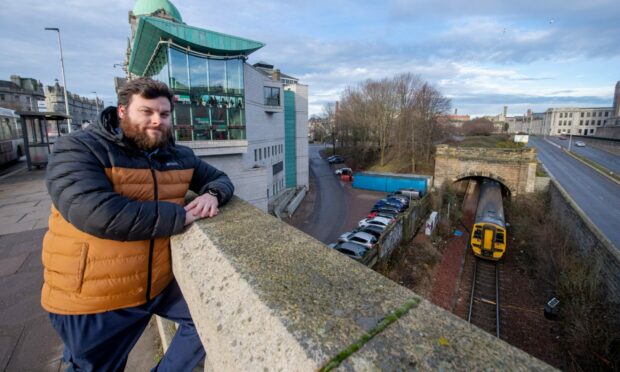

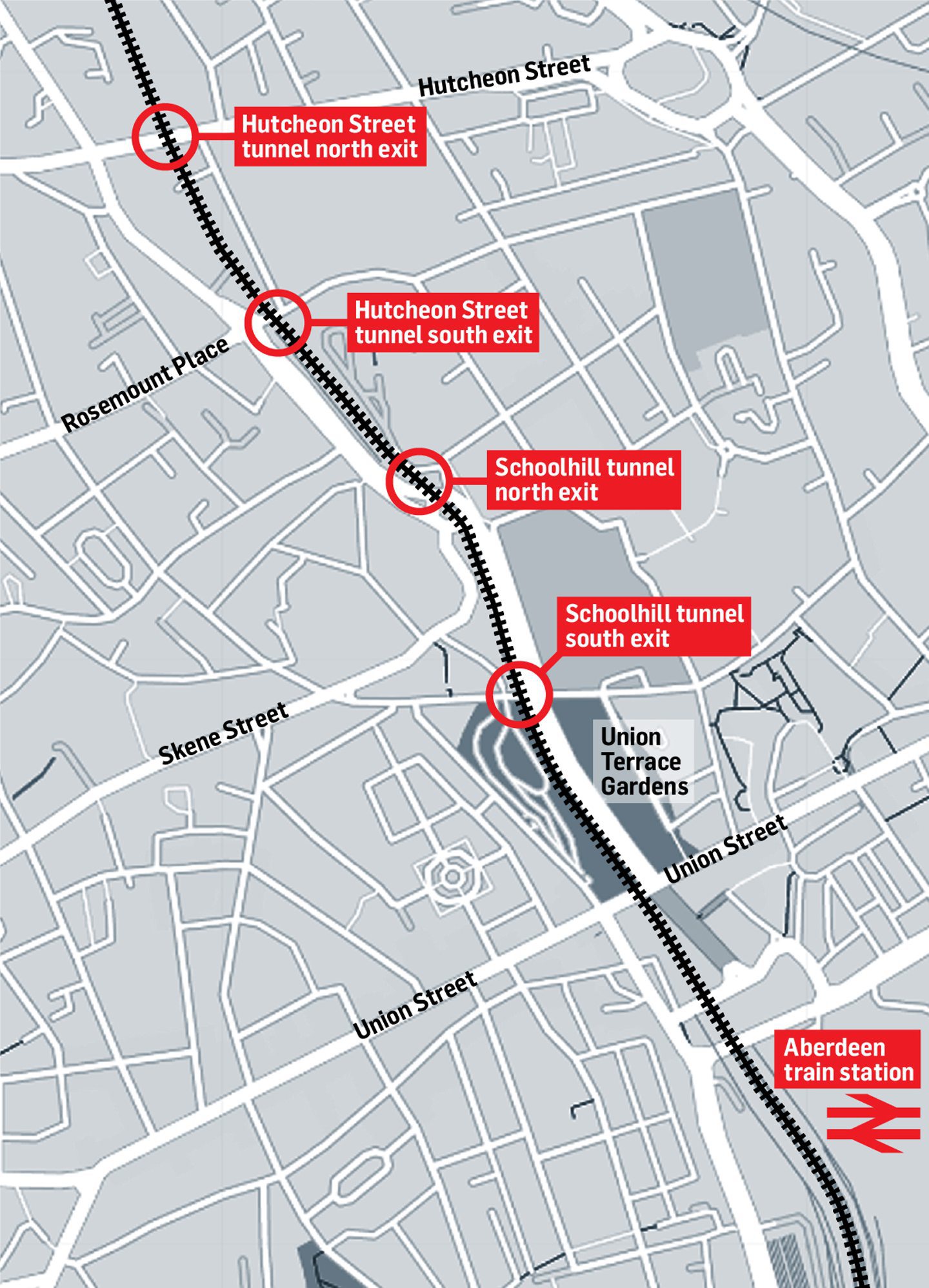
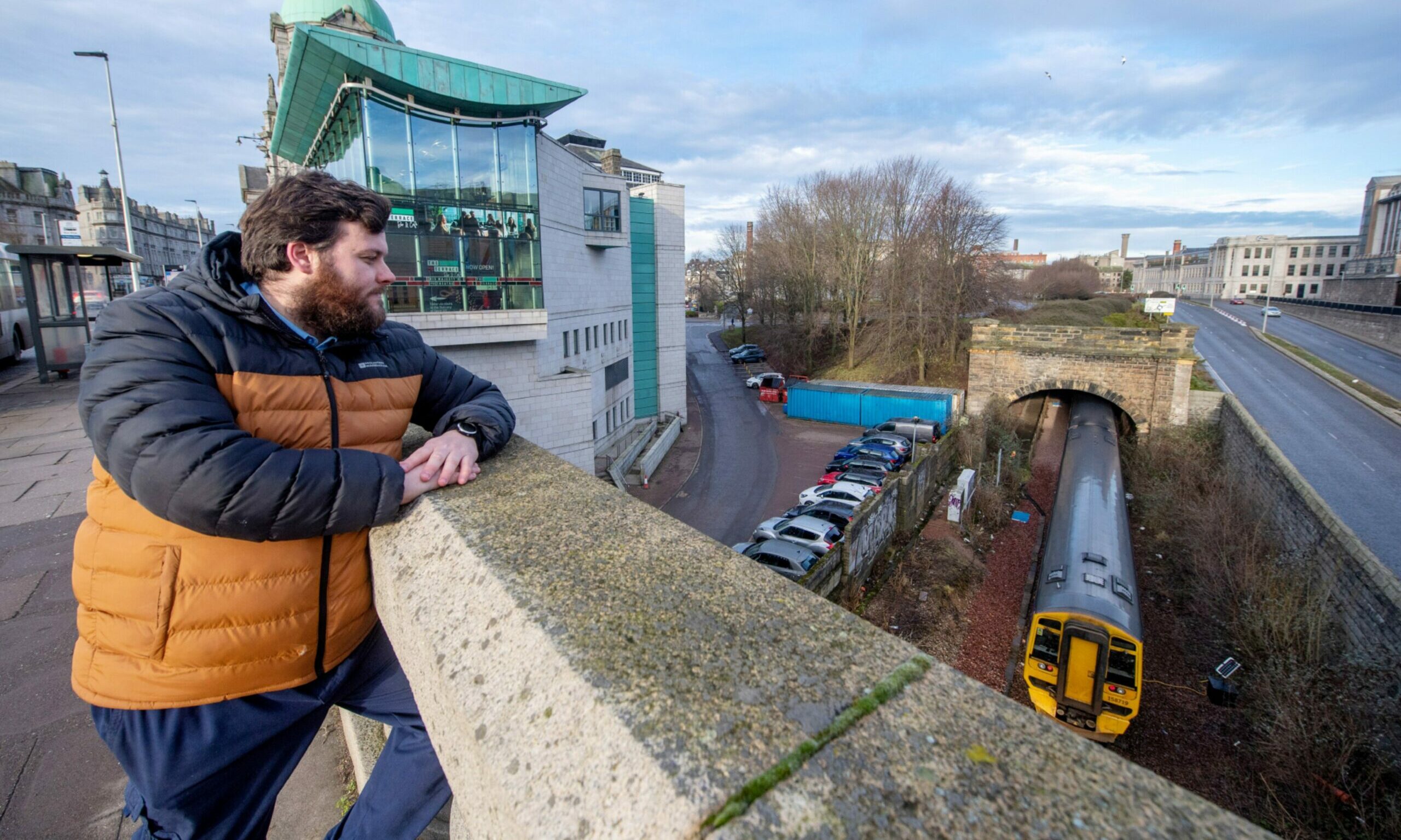
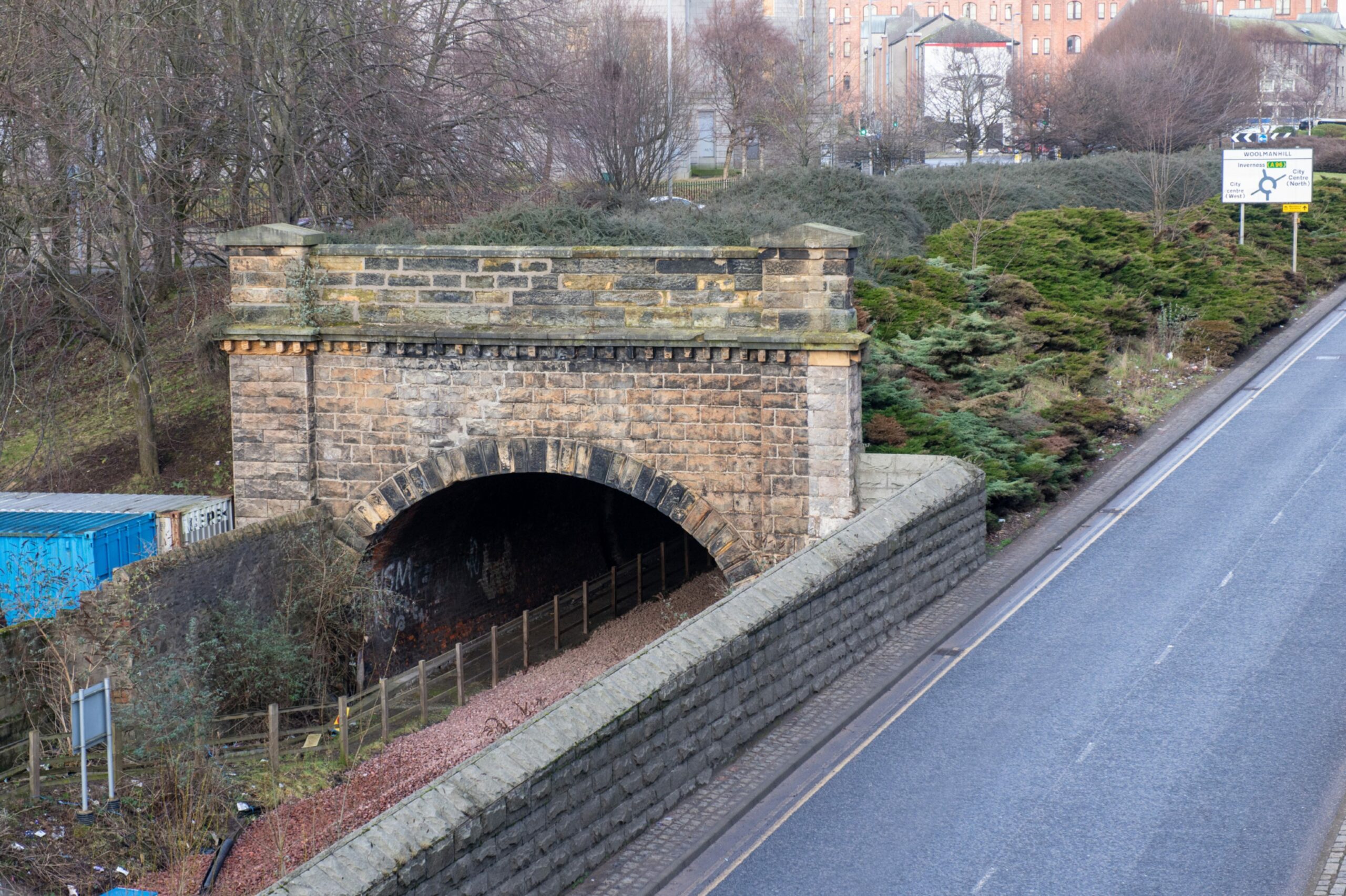
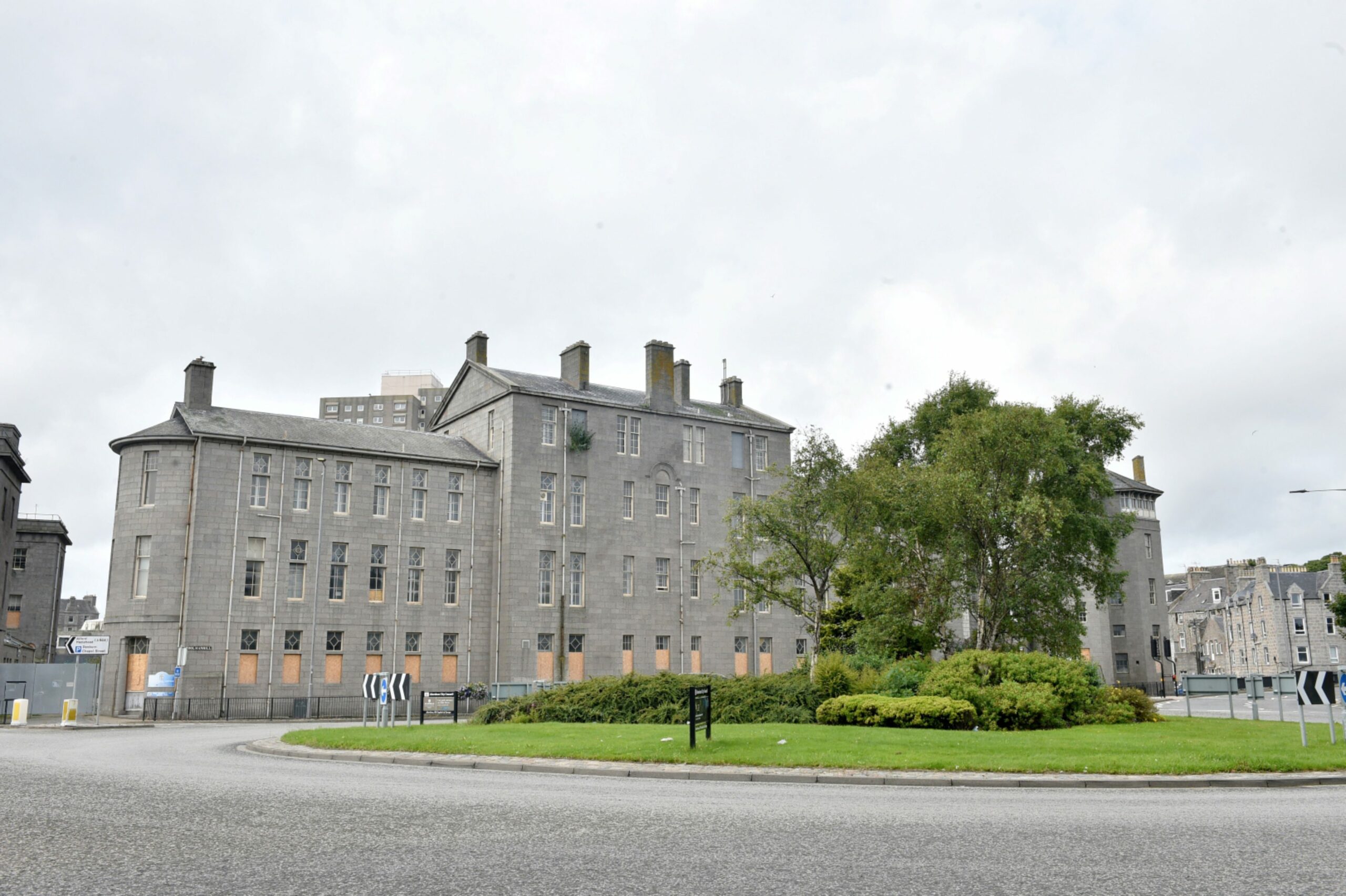
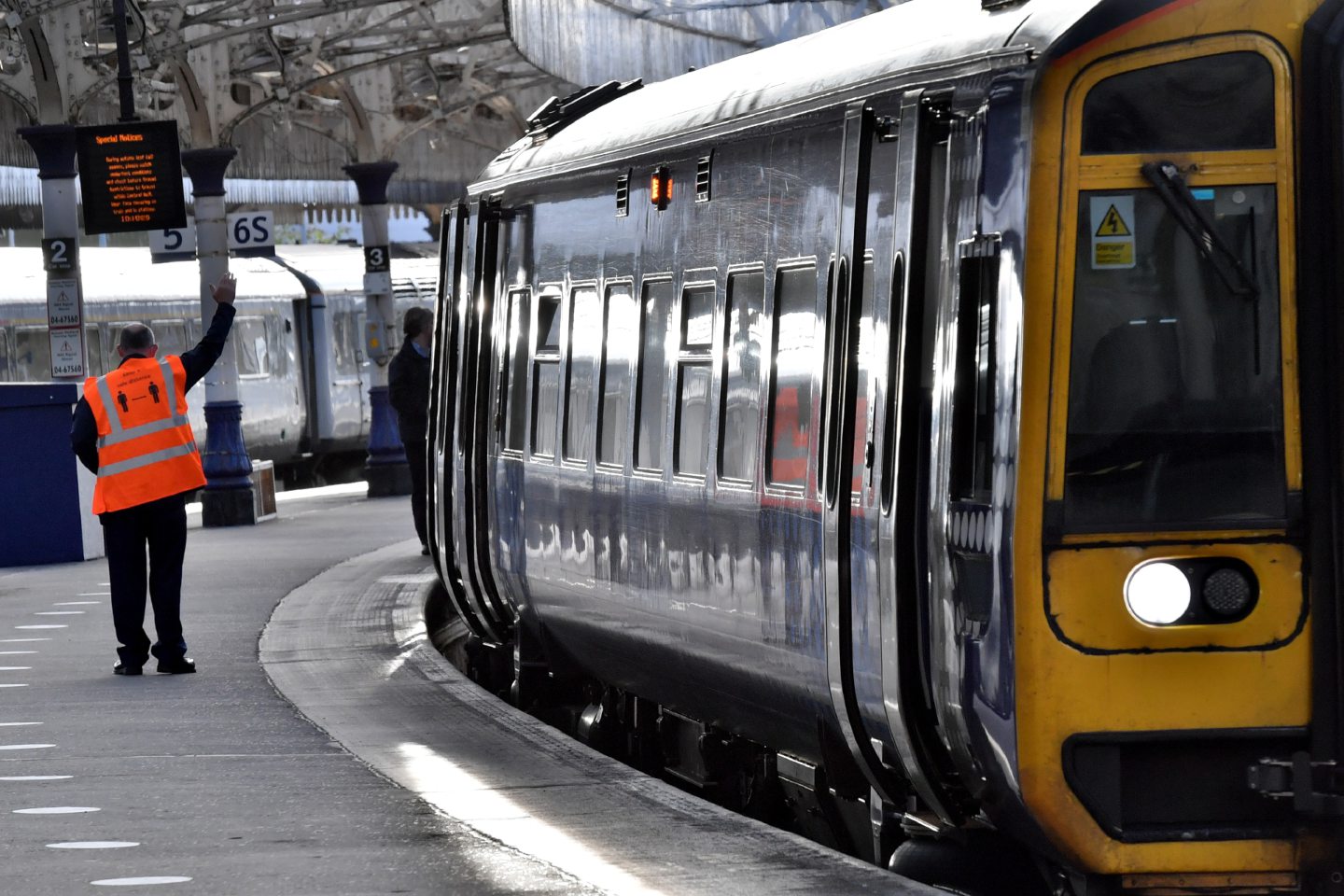


Conversation